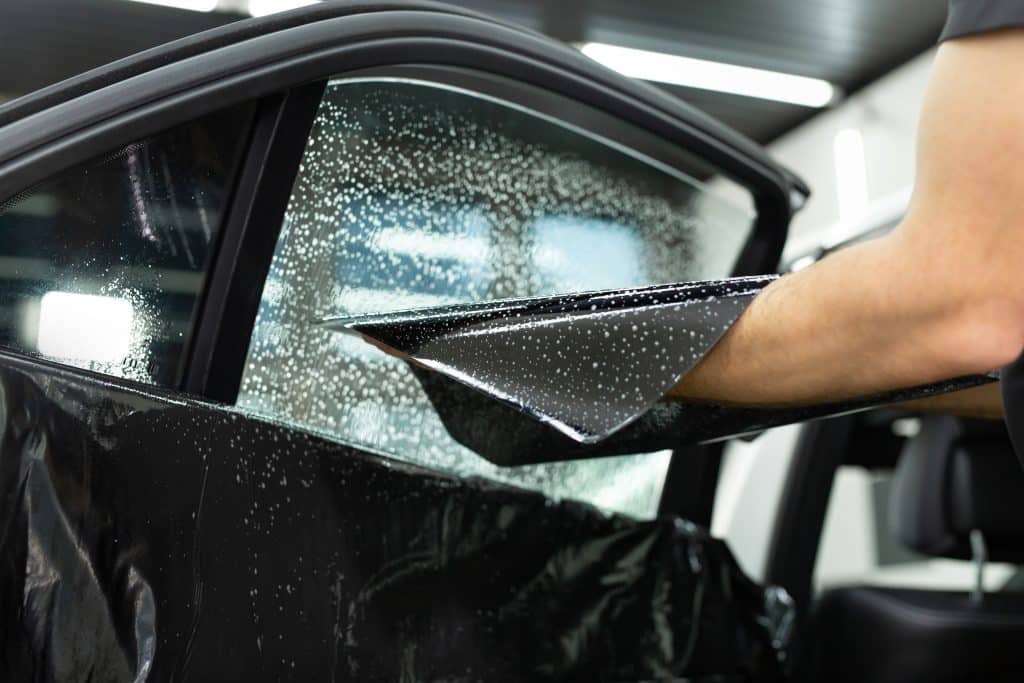
Automotive window tinting can enhance the aesthetics, privacy, and comfort of your vehicle. However, it’s crucial to understand the legal requirements governing window tinting to ensure compliance and avoid potential fines or penalties. In British Columbia, like in many other jurisdictions, there are specific laws and regulations concerning automotive window tinting that drivers must adhere to. Let’s delve into the details of British Columbia’s automotive window tinting laws to help you navigate this aspect of vehicle customization.
1. Visible Light Transmission (VLT) Requirements:
One of the key regulations regarding automotive window tinting in British Columbia is the requirement for a minimum Visible Light Transmission (VLT) percentage. VLT refers to the amount of visible light that can pass through the tinted windows. In British Columbia, the regulations stipulate that:
- Front side windows (driver and passenger side): The VLT must be at least 70%. This means that at least 70% of visible light must pass through these windows.
- Rear side windows and rear window: The VLT can be less than 70%, but it must not be lower than 35%. This allows for some flexibility in tint darkness for the rear windows while ensuring visibility and safety.
2. Prohibited Tint Colors and Reflectivity:
British Columbia’s regulations also specify certain restrictions regarding the color and reflectivity of automotive window tints. The following are prohibited:
- Colors that are red, yellow, or amber, as they can mimic emergency vehicle lights and cause confusion on the road.
- Metallic or mirrored finishes that create excessive reflectivity, which can be distracting or blinding to other drivers.
3. Placement Restrictions:
According to British Columbia’s automotive window tinting laws, no person shall drive or operate on a highway a motor vehicle that has affixed to or placed on the windshield or a window any material that reduces the light transmitted through the windshield or window unless the material is affixed to or placed on:
- The windshield but not more than 75 mm below the top of the windshield.
- A side window that is behind the driver.
- The rear window if the motor vehicle is equipped with outside rear view mirrors on the left and right sides of the vehicle.
4. Enforcement and Penalties:
Enforcement of automotive window tinting laws in British Columbia is carried out by law enforcement agencies. Officers may conduct inspections to ensure vehicles comply with VLT requirements, placement restrictions, and other regulations. Failure to comply with these laws can result in fines, and in some cases, drivers may be required to remove illegal tints from their vehicles.
5. Importance of Compliance:
It’s essential for drivers in British Columbia to prioritize compliance with automotive window tinting laws. Adhering to VLT percentages, avoiding prohibited colors and reflectivity, and following placement restrictions contribute to road safety by maintaining adequate visibility for drivers and pedestrians.
In conclusion, understanding British Columbia’s automotive window tinting laws is crucial for vehicle owners who wish to customize their windows while staying within legal boundaries. By adhering to these regulations, drivers can enjoy the benefits of window tinting while ensuring safety and compliance on the road.
